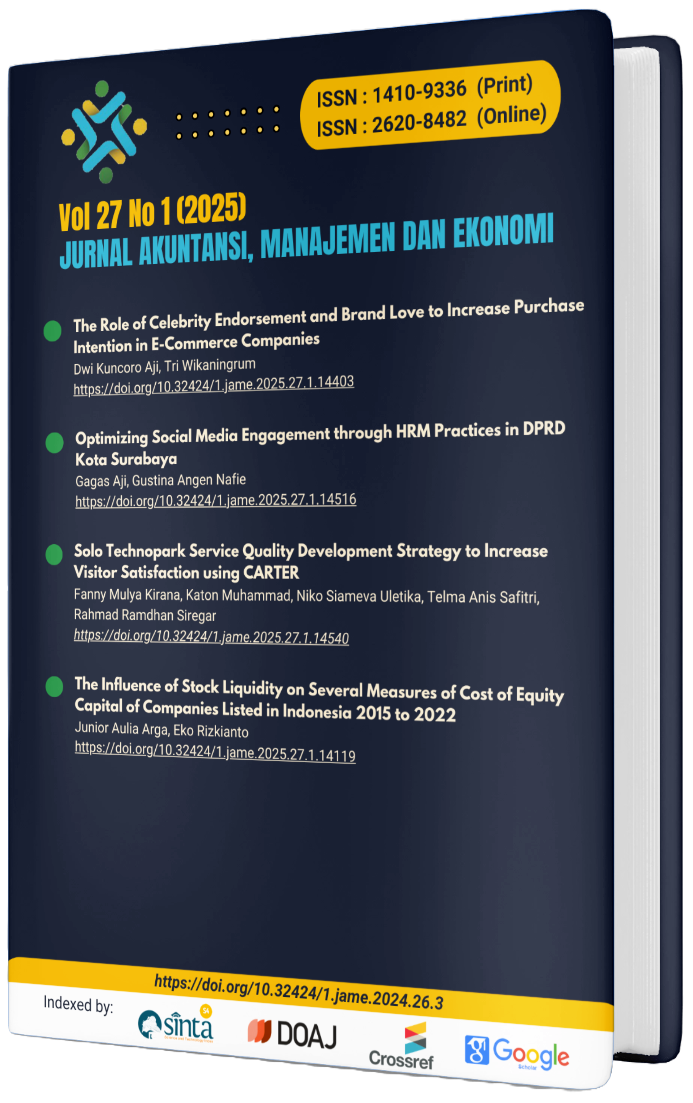Solo Technopark Service Quality Development Strategy to Increase Visitor Satisfaction using CARTER
Abstract
The high attendance at Solo Techno Park since its inauguration last year highlights the enthusiasm of Surakarta residents for the facility. However, this enthusiasm is not matched by the effective performance of the available facilities. This study aims to measure the quality level of Solo Techno Park using the CARTER model with the Customer Satisfaction Index and Importance Performance Analysis methods to assess visitor satisfaction, identify priority improvement criteria, and provide strategic development recommendations. Data were collected through visitor satisfaction questionnaires regarding the importance and satisfaction with Solo Techno Park facilities and services. The research findings indicate a score of 82% in the "Good" category, suggesting that overall visitors are quite satisfied with the facilities at Solo Techno Park but expect improvements in quality. Priority improvements are identified in Quadrant I of the Cartesian Diagram, comprising five attributes that form the basis of quality development strategies.
















